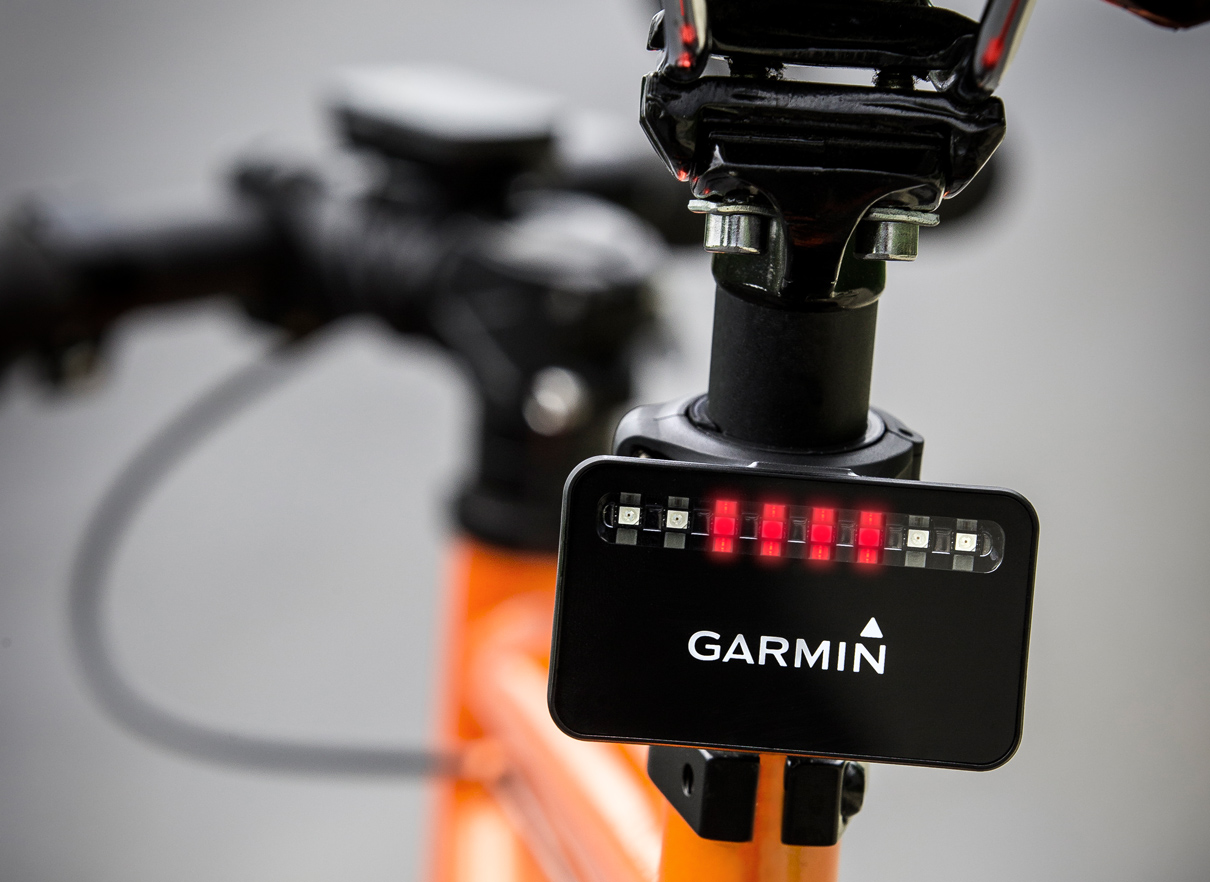
More bicyclists are hitting the country’s roads than ever before. Since 2000, cities as disparate as Detroit and Portland, Ore. have seen two-wheeled traffic increase by more than 400% and 300%, respectively. But there’s a side effect to all those cyclists sharing lanes with motor vehicles: There were 741 bike-related roadway deaths in 2013, according to National Highway Traffic Safety Administration data, up from 621 in 2010. According to the League of American Cyclists, the leading cause of these fatalities were drivers striking bikers from behind.
From backup cameras to side-impact airbags, cars have no shortage of passenger safety technology. But short of better helmets, there have been few improvements that make bikes safer since today’s pedal-to-work phenomenon kicked off in the mid-2000s. With Garmin’s new Varia Rearview Radar, that may change. A $199 bike computer that blends new- and old-school technology, the Varia alerts riders about vehicles approaching from behind—a trick most cars can’t even do.
The battery-powered Varia consists of a head unit, which serves as a display, and a tail unit, which emits radio waves and doubles as a safety light. Well acquainted with bicycle hardware, Garmin shipped this product with an array of mounting gear to ensure the pieces affix firmly to handlebars and seat posts. And they’re also easy to remove, not to mention small enough to tuck in your pocket after locking up your ride.
The head unit’s display is really just a bunch of LED lights, perfect for keeping communications simple. There’s an ambient light sensor that adjusts the display’s brightness (helping save battery life), a connection indicator light, and status lights for both the front and rear unit. But the important lights are in the center column. A threat level LED changes color to indictate a range of factors, from empty roads behind you (green) to a fast approaching car (red). Finally, there’s a pair of vehicle position LEDs which move up the column as approaching cars get closer (the Varia can keep track of two incoming cars at a time).
The tail light is simply that, with the typical flashing light options. But thanks to the integrated radar, it can automatically dim when there’s no car behind you in order to conserve power.
Top 10 Tech Product Designs of 2014



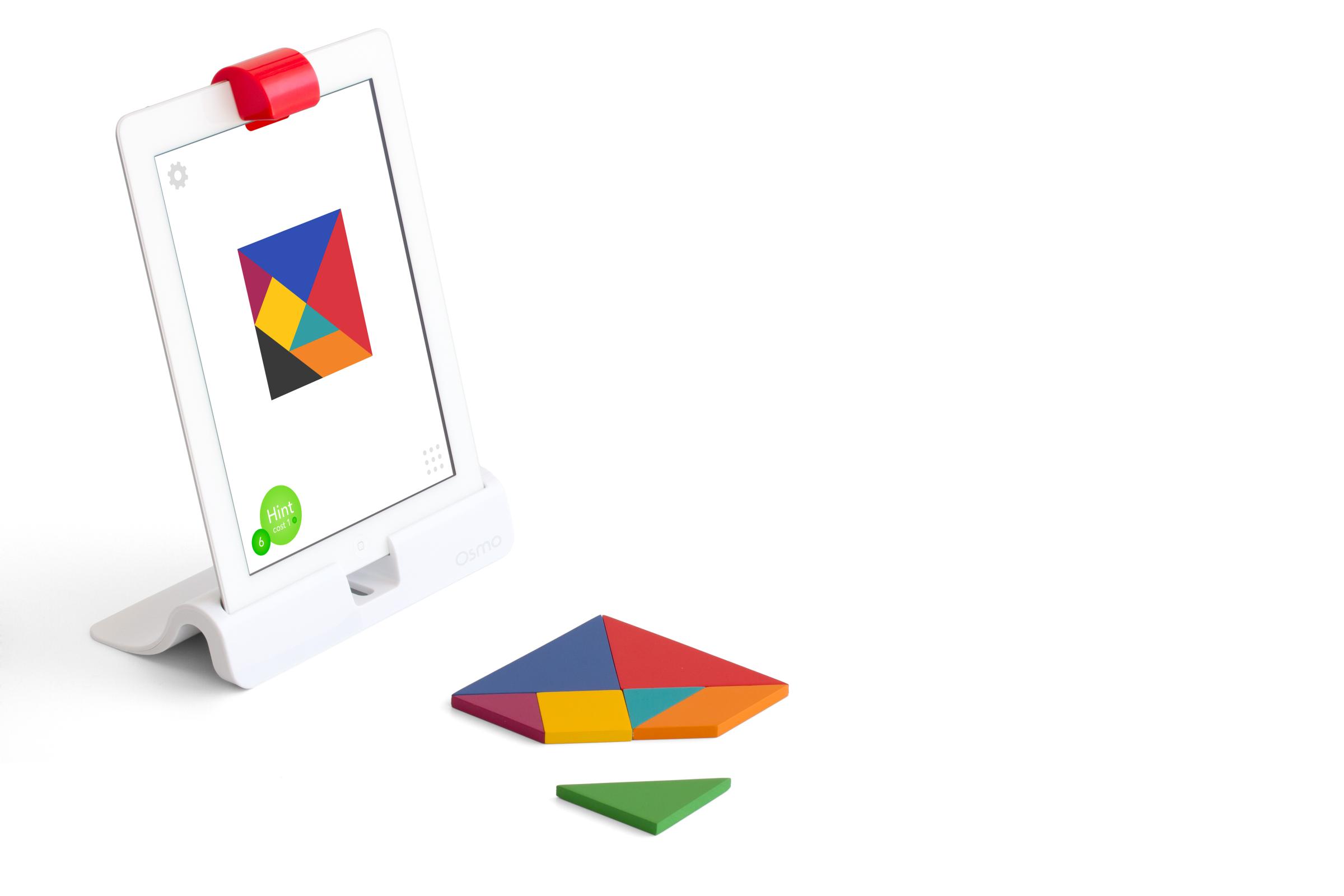
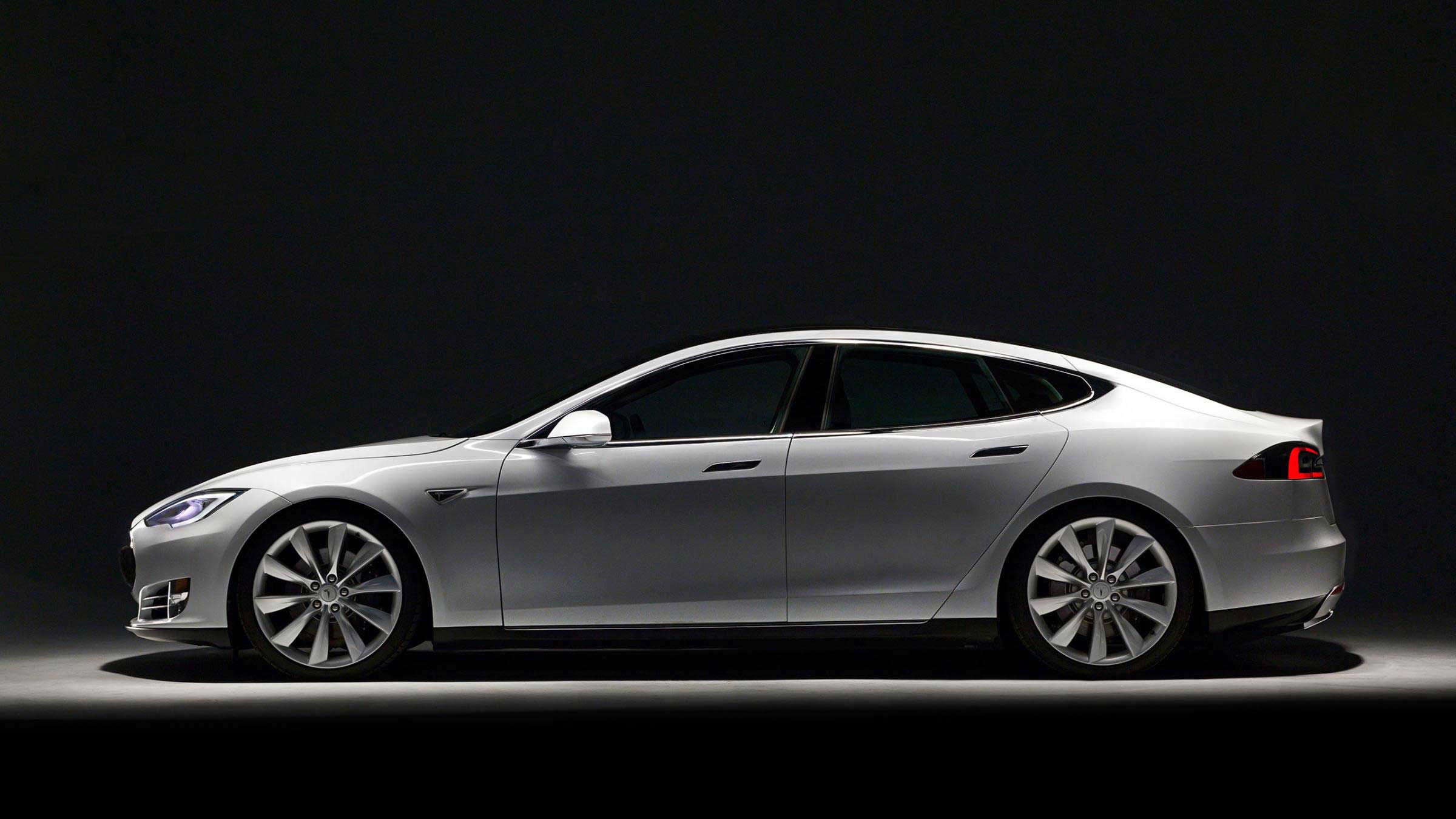
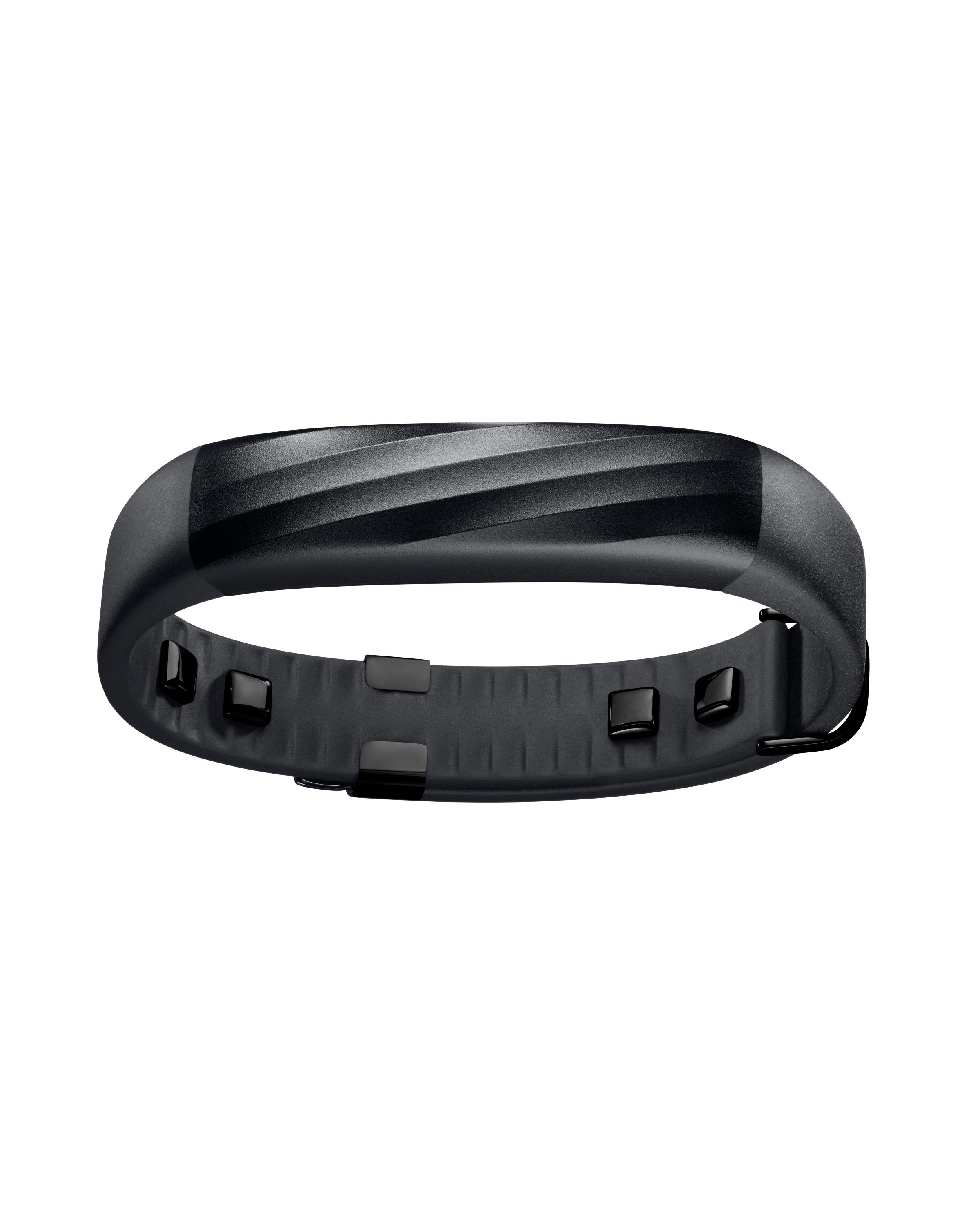
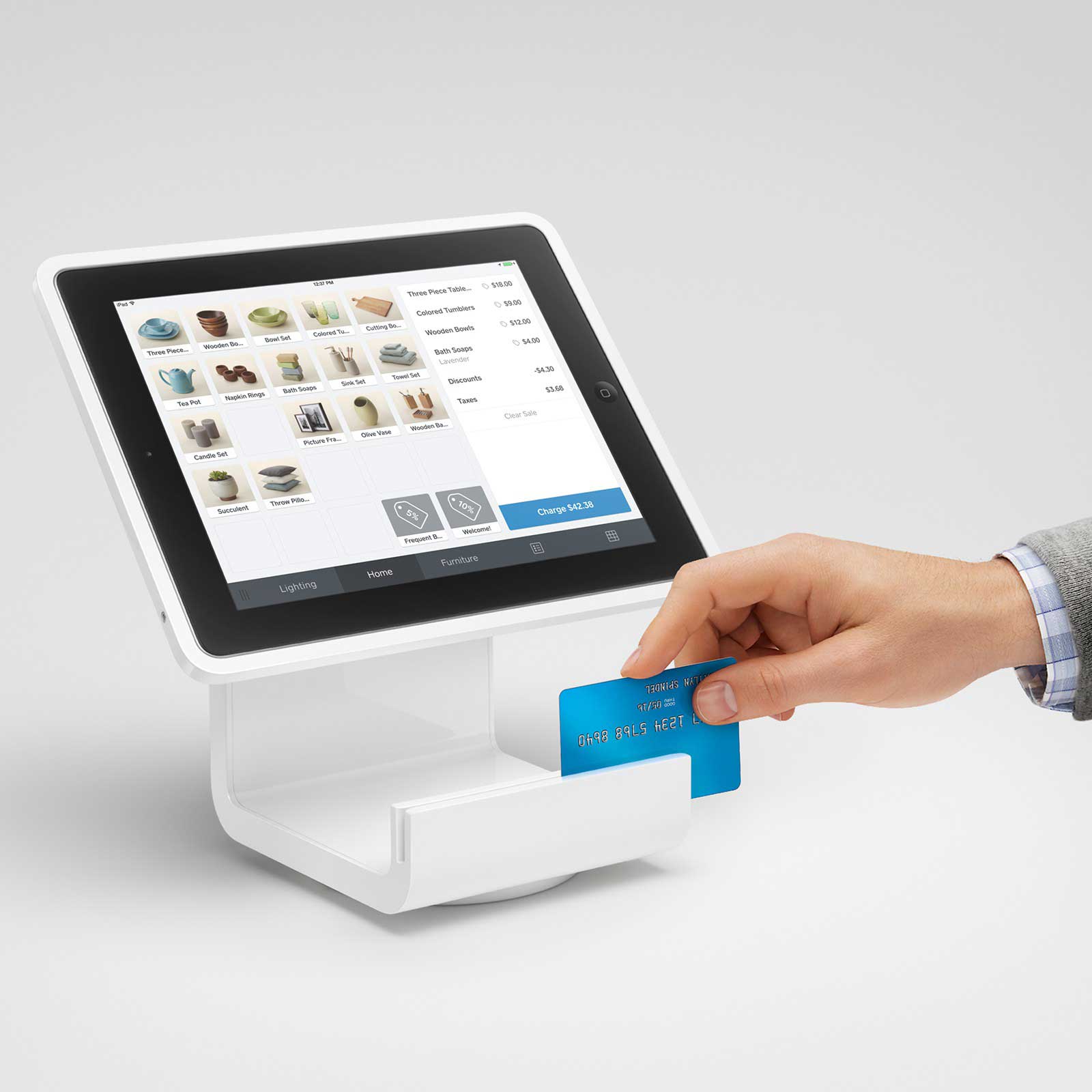

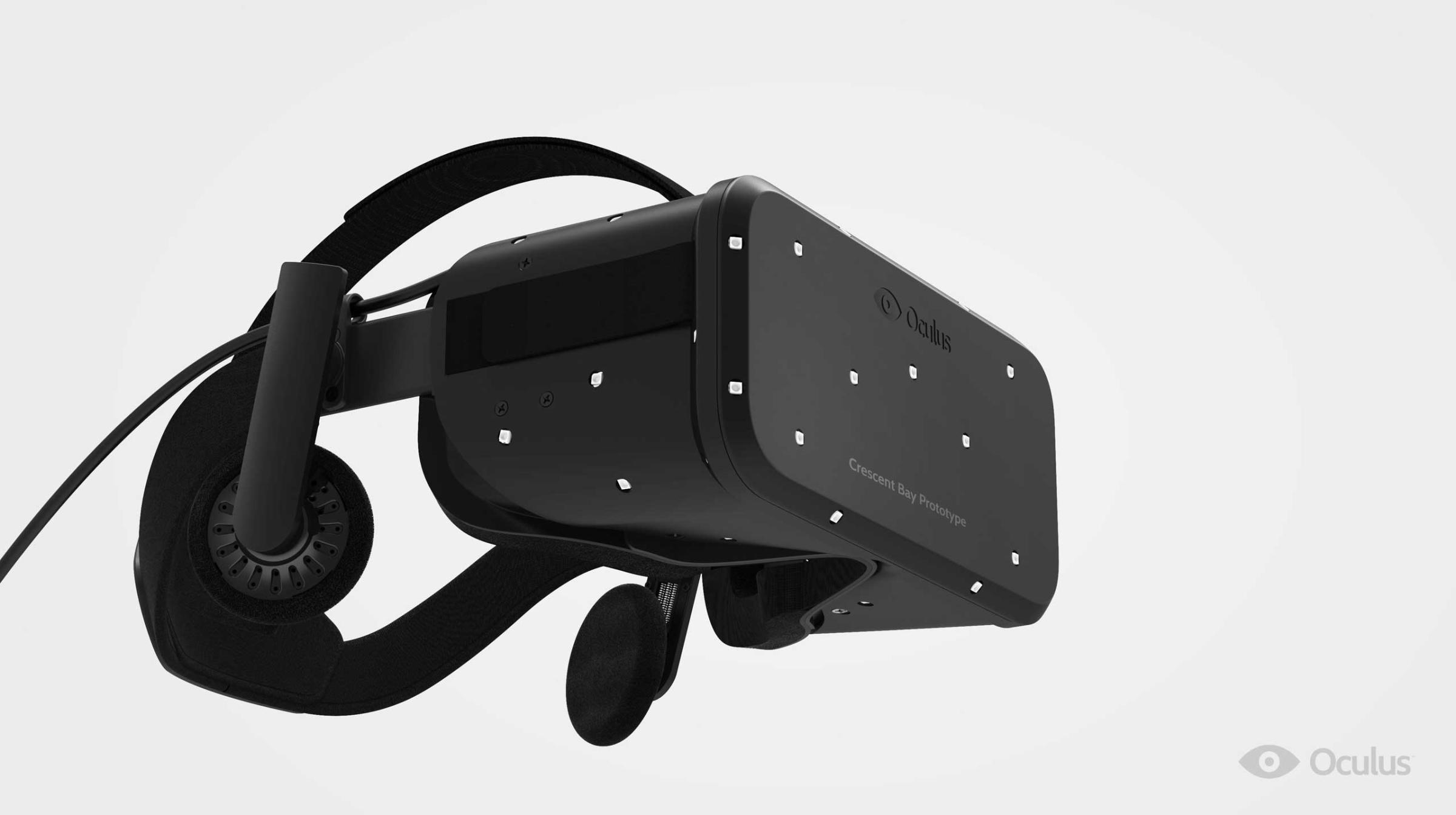
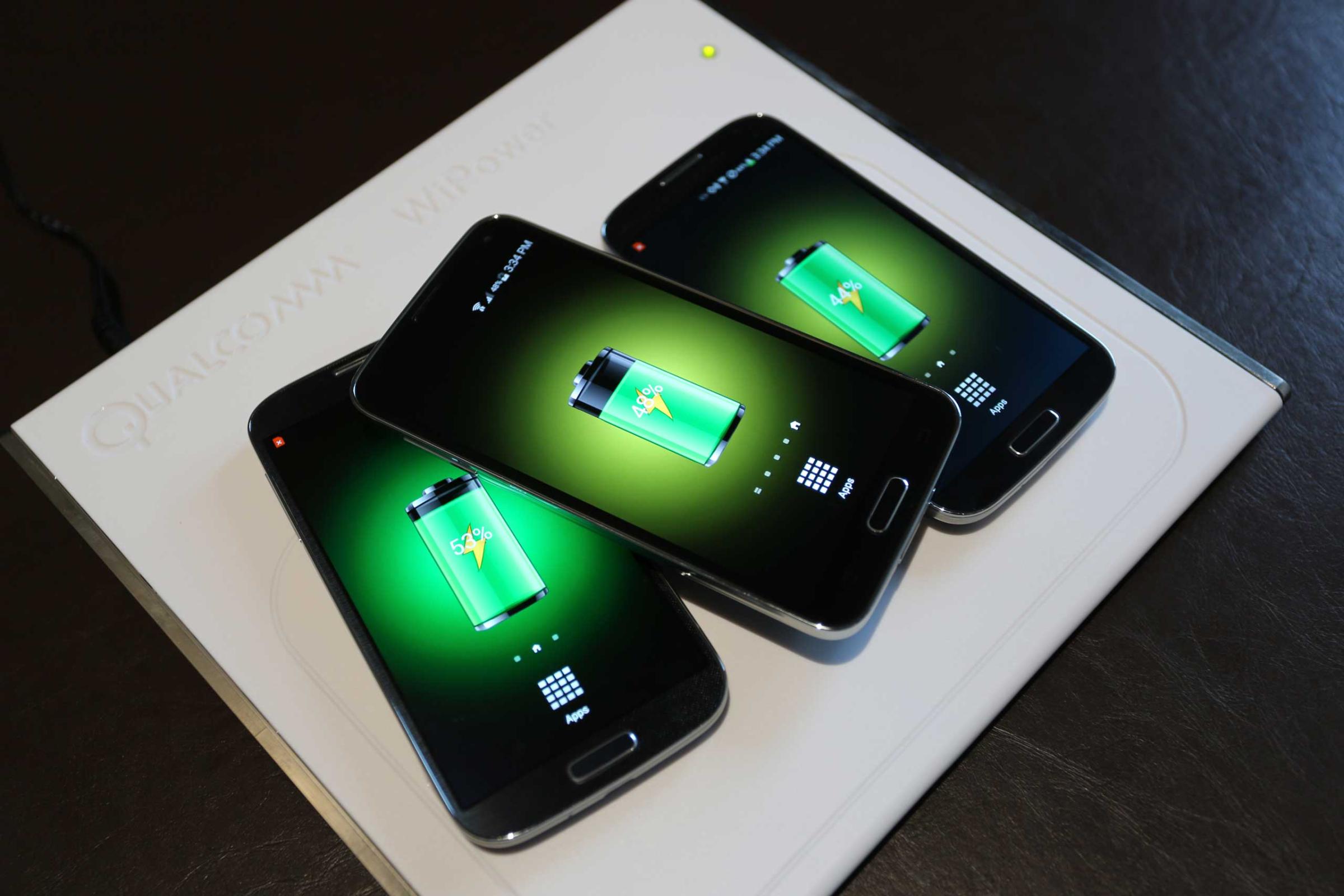
To put the Varia to the truest test, I set the unit up on my neighbor’s road bike and let him put it through its paces. A longtime bike commuter, Tanner Hensley shares the road with cars for 10.8 miles to and from work almost every day. And when he’s not riding to work, he’s riding for fun, racing his mountain bike all over the hills of the Pacific Northwest. Though he tracks all his rides, he’s not a fan of crowding his handlebars with gear. He uses an iPhone app to measure himself against other commuters, and tracks his mountain bike rides with a Garmin GPS watch.
“That being said, [the Varia] is pretty cool as a stand-alone device,” says Hensley, who thinks the display is small enough that it’s not in the way. “It’s much easier to take a quick glance down than to crane my neck around every couple minutes to see if a car is coming.”
Hensley’s commute is riddled with turns that cars tend to take too quickly, overtaking him too fast and too close for his comfort. The Rearview Radar did a good job of alerting him of these speed demons in advance, he says: “I’ve kind of come to depend on it over the last week.”
But there was one situation in which the Rearview Radar didn’t work as well as advertised. When a vehicle approached from behind and matched Hensley’s speed, the gas-guzzler dropped off his radar. Assuming it turned onto another street—and with his bike lane ending—Hensley took the middle of the lane. Then, all of a sudden, he heard the car right behind him floor it and shoot out to his left, missing him by inches as it passed.
“Once I was aware of this little quirk, it wasn’t such a big deal,” he says. “In any case, it would probably be a good idea to hazard a quick rearward glance before making any left hand turns or taking the lane.”
You could say a problem like this defeats the purpose of installing such a device on your bike, but that’s not the case. On cars, for example, blind-spot detectors are designed to boost driver awareness, not to let them change lanes without looking in the mirror at all.
So why not just install one of those tiny rear-view mirrors that hangs off your helmet? “That’s not really an option for me personally,” says Hensley. “It’s dorky, obnoxious, and creates a little blind spot. Also, crashing with one of those things attached to your helmet—I feel like you’re asking to get your eye stabbed out.”
More Must-Reads from TIME
- Why Trump’s Message Worked on Latino Men
- What Trump’s Win Could Mean for Housing
- The 100 Must-Read Books of 2024
- Sleep Doctors Share the 1 Tip That’s Changed Their Lives
- Column: Let’s Bring Back Romance
- What It’s Like to Have Long COVID As a Kid
- FX’s Say Nothing Is the Must-Watch Political Thriller of 2024
- Merle Bombardieri Is Helping People Make the Baby Decision
Contact us at letters@time.com